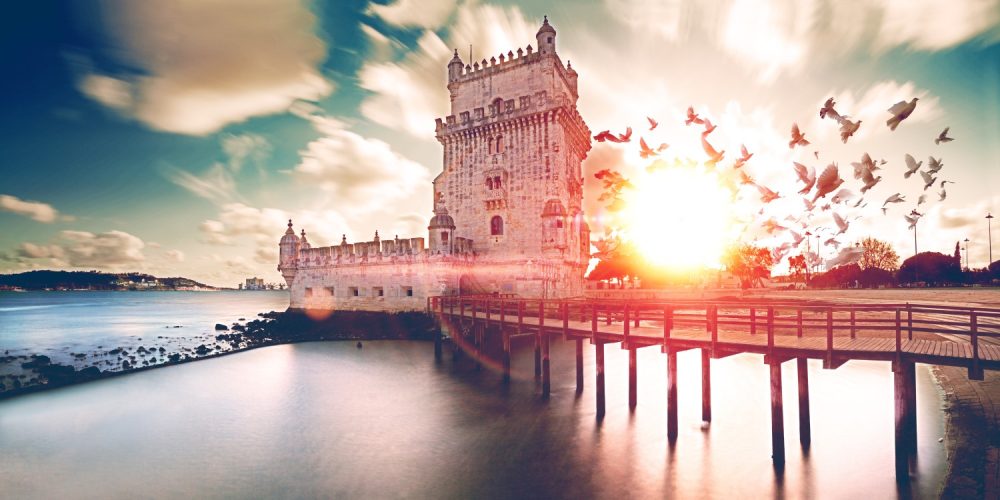
Lisbon is one of the most charming capitals in Europe, with a mix of history, culture, art and gastronomy that attracts millions of visitors every year. In this article, we will present some of the main attractions that you cannot miss in Lisbon, as well as some tips on accommodation and transport.
Make big profits with the Lisbon City Card and other passes. Get it online for 24, 48, or 72 hours from € 27.
Lisbon has a lot to offer its visitors, from historical monuments to art museums, typical neighborhoods and viewpoints with stunning views. Here are some of the must-see attractions in Lisbon:
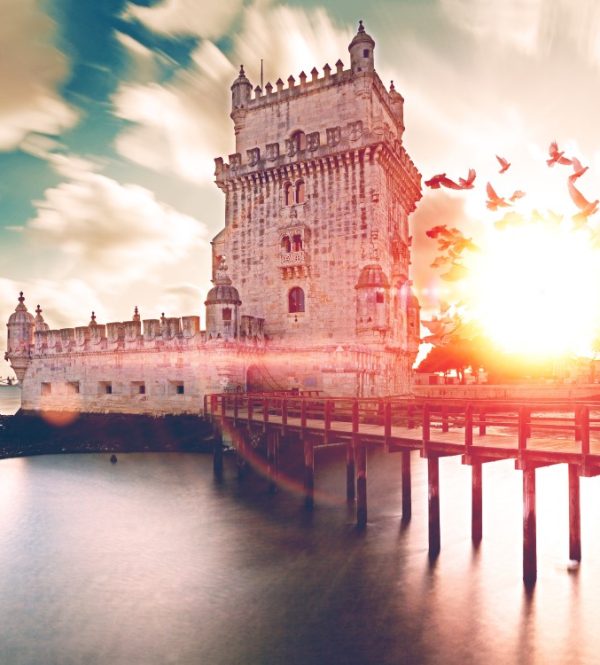
One of the symbols of the city, this 16th century tower was built to defend the entrance to the Tagus River and served as a starting point for the journeys of Portuguese navigators. Nowadays, you can climb to the top of the tower and admire the landscape of the river and the 25 de Abril Bridge.
FREE ENTRANCE WITH “Lisbon City Card”.
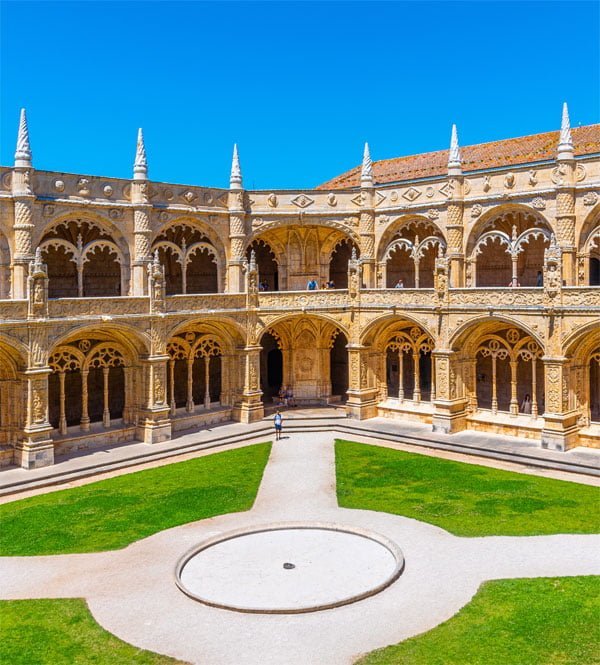
Another masterpiece of Manueline architecture, this 16th century monastery is one of Lisbon’s most impressive monuments. Some of the most illustrious Portuguese people are buried here, such as Vasco da Gama and Luís de Camões. Don’t forget to also visit the beautiful cloister and the church with its magnificent stained glass windows.
FREE ENTRANCE WITH “Lisbon City Card”.
https://www.getyourguide.com/lisbon-l42/belem-jeronimos-monastery-admission-ticket-t131169/?ranking_uuid=38c92c3d-0297-4770-b72f-c42c90f8d89b
https://www.getyourguide.com/lisbon-l42/lisbon-jeronimos-monastery-entry-ticket-and-audioguide-t623597/?ranking_uuid=9bc58d11-cce6-4411-95ac-e56ac0bb905f
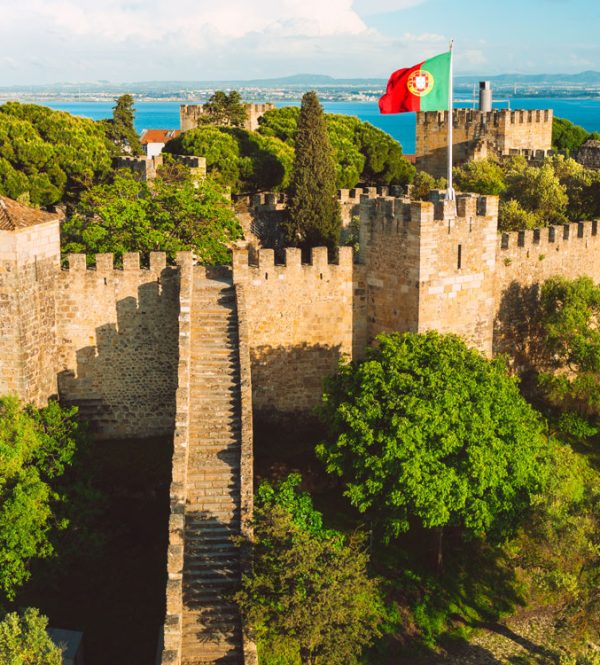
Situated at the top of the highest hill in Lisbon, this medieval castle offers a panoramic view over the city and the river. You can explore the castle walls, towers and gardens, as well as the museum that tells its history. If you’re lucky, you might even encounter some of the peacocks that inhabit the castle.
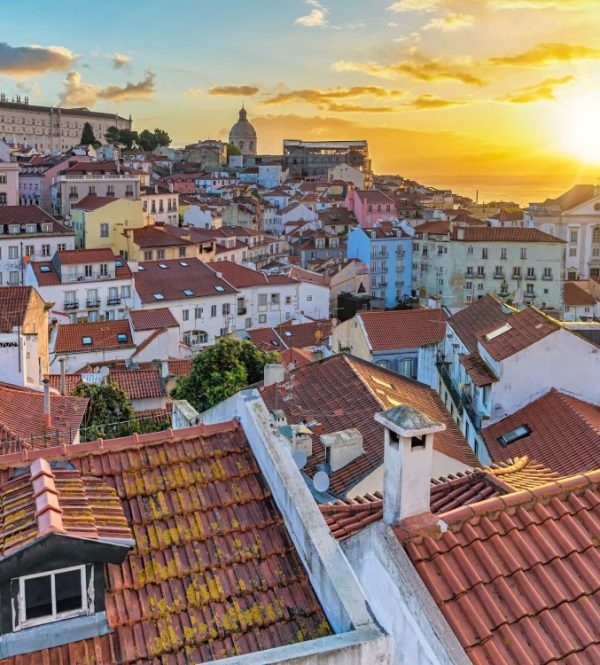
The oldest and most traditional neighborhood in Lisbon, where you can breathe the atmosphere of the old Moorish villages. Here you can get lost in its narrow, labyrinthine streets, full of colorful houses, craft shops and typical restaurants. It is also the birthplace of fado, the melancholic music that expresses the Portuguese soul.
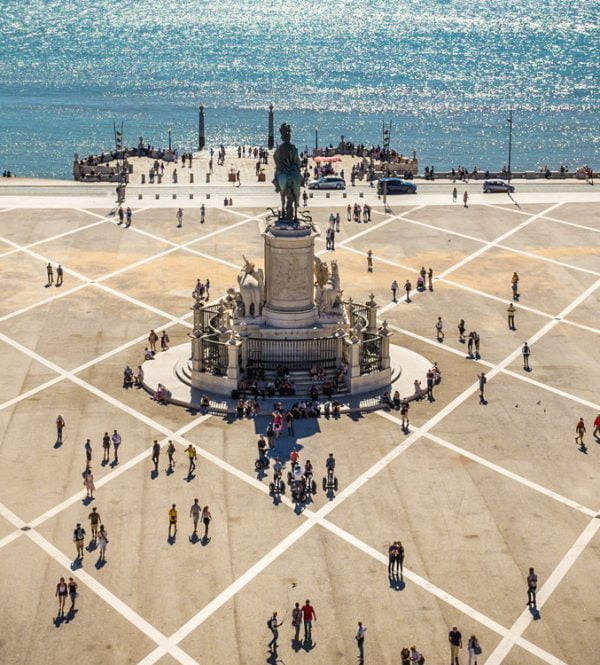
The heart of the city, where the main squares, shopping streets and historic buildings are located. Here you can admire Praça do Comércio, the largest square in Europe, with its triumphal arch and the equestrian statue of King José I. You can also stroll along Rua Augusta, the busiest pedestrian street in the city, full of shops, cafes and artists of street.
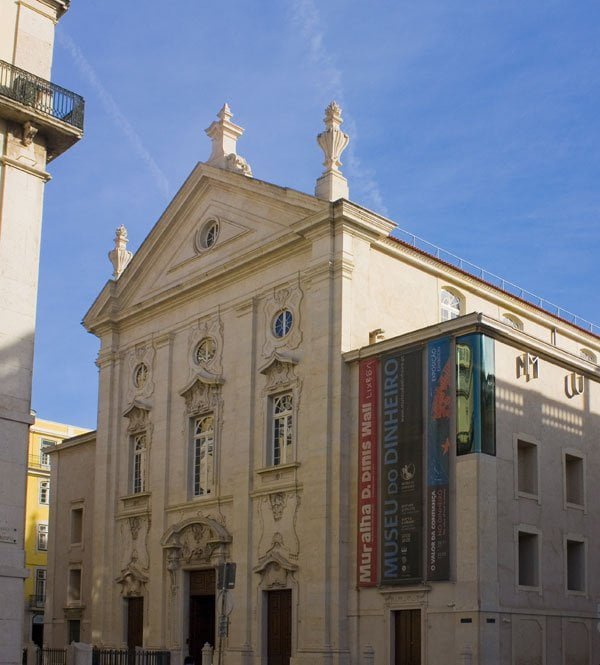
The most elegant and cosmopolitan neighborhood in Lisbon, where you can find the most sophisticated shops, the most prestigious theaters and the most emblematic cafes. Here you can visit the National Museum of Contemporary Art, which houses a collection of works by Portuguese artists from the 19th century to the present. You can also have a coffee at the famous A Brasileira, where the statue of the poet Fernando Pessoa is located.

The most cultural and monumental neighborhood in Lisbon, where you can find some of the city’s most interesting museums. Here you can visit the Coach Museum, which displays a unique collection of royal carriages from the 16th century to the 19th century. You can also visit the Berardo Museum, which houses a collection of modern and contemporary art with works by Picasso, Warhol, Dalí and others. And don’t forget to try the famous pastéis de Belém, the most typical sweets in Lisbon.
– **Padrão dos Descobrimentos**: Dit monument is gewijd aan de Portugese ontdekkingsreizigers uit de 15e en 16e eeuw. Het is gelegen aan de oever van de rivier de Taag en heeft een indrukwekkende maritieme uitstraling ¹.
– **Arco do Triunfo**: Dit monument is een triomfboog die werd gebouwd om de overwinning van Portugal op Frankrijk te herdenken in 1836. Het biedt een prachtig uitzicht op het plein en de rivier de Taag ¹.
– **Praca Marques do Pombal**: Dit plein is vernoemd naar Sebastião José de Carvalho e Melo, markies van Pombal, die bekend staat om zijn hervormingen na de aardbeving van 1755. Het plein heeft een standbeeld van de markies en is omgeven door mooie tuinen ¹.
– **Monument to King José I**: Dit standbeeld staat in het midden van Praça do Comércio en is gewijd aan koning José I van Portugal. Het beeldt hem af te paard en kijkt uit over het plein ¹.
– **Escultura de Fernando Pessoa**: Dit standbeeld is gewijd aan Fernando Pessoa, een beroemde Portugese dichter. Het bevindt zich in Rua Garrett, vlakbij het café Brasileira ¹.
Lisbon, the capital of Portugal, does not indeed have skyscrapers like most other major cities around the world. There are a number of reasons for this:
Lisbon has a rich history and many of its oldest neighborhoods, such as the Alfama district, are built on hills with narrow streets and historic buildings. These physical limitations make it difficult to build large skyscrapers without disrupting the historic character of the city.
Lisbon was hit by a devastating earthquake in 1755, followed by a tsunami and fires. As a result of this catastrophe, many old buildings were destroyed. Since then, strict building regulations have been introduced to protect the city from future earthquakes, making the construction of very tall buildings difficult.
Lisbon has a unique charm and architectural style characterized by colorful buildings, narrow streets and historical monuments. The city has often chosen to preserve these aesthetic and cultural features rather than pursue the construction of skyscrapers, which might detract from the city’s character.
Although Lisbon does not have skyscrapers like some other major cities, it still has modern buildings and developments, but these are usually on a smaller scale and fit better into the city’s urban landscape. The emphasis is often on preserving Lisbon’s historical and cultural identity.
Lisbon has a wide range of accommodation to suit every taste and budget. Whether you are looking for a luxurious hotel, a cozy guesthouse, a modern holiday apartment or a budget hostel, you are sure to find something that suits your needs. Here are some factors to consider when choosing your accommodation in Lisbon:
Lisbon is a relatively compact city that can be easily explored on foot or by public transport. The main attractions are in the center, especially in the Baixa, Chiado, Bairro Alto and Alfama districts. Staying near these places can save you a lot of time and money. However, these areas are also the most touristy and expensive, so you should book early or look for alternatives. A good option is to stay in one of the surrounding districts such as Estrela, Príncipe Real, Alcântara or Belém, which also have a lot of charm and character and are easily connected to the center.
Lisbon is quite cheap compared to other European capitals, but prices can vary greatly depending on the season, demand and quality. In general, you can expect to pay between 20 and 40 euros per night for a hostel bed, between 50 and 100 euros for a double room in a guesthouse or basic hotel, and between 100 and 200 euros for an apartment or upscale hotel. Of course, there are exceptions and bargains, so it’s always worth comparing different options and reading reviews.
Depending on your personal preferences and needs, you should also pay attention to the amenities in your accommodation. Would you like your own bathroom or would you rather share it with other guests? Do you need a kitchen or breakfast? Do you want a pool or a gym? Do you have access to WiFi or a parking space? All of these factors can make your stay in Lisbon more pleasant or stressful.
Lisbon is well connected to the rest of Portugal and Europe. There are several ways you can get to Lisbon:
There are different ways to travel to Lisbon. The easiest and fastest is of course the plane. Lisbon has an international airport that is only about 7 km from the city center. From there you can take the bus, subway or taxi to the city center. Depending on traffic, the journey takes between 15 and 30 minutes and costs between 2 and 15 euros.
Lisbon airport is only about 7 km from the city center and can be reached by bus, metro or taxi. There are many direct flights to Lisbon from various European cities, as well as some intercontinental connections. Depending on the departure location, the flight time is between one and four hours. Prices vary depending on airline, season and time of booking.
Another option is the train. Lisbon has several train stations connecting to various cities in Portugal and abroad. For example, you can drive to Lisbon from Madrid in about 10 hours, or from Paris in about 20 hours. The trains are comfortable and offer beautiful views of the countryside. Prices vary depending on the route and when you booked, but you can expect to pay around 50 to 200 euros per trip.
Santa Apolónia Station is Lisbon’s main train station and is located in the historic Alfama district. From here you can take trains to Porto, Coimbra, Faro and other Portuguese cities. There are also international trains to Madrid, Paris and other European cities. The train journey is usually comfortable and scenic, but is often slower and more expensive than flying.
Sete Rios bus station is located just outside the city center and can be reached by subway. From here you can take buses to almost all Portuguese cities, as well as to Spain, France and other European countries. The bus journey is usually cheaper than flying or taking a ride
Lisbon, the capital of Portugal, is one of the most beautiful and lively cities in Europe. With its rich history, cultural diversity and mild climate, it is an ideal travel destination for anyone who wants to discover something new. In this blog post I’ll give you some tips on how to get to Lisbon and what you shouldn’t miss while you’re there.
If you prefer to travel by car, you will have to be prepared for a longer journey. Lisbon is located on the Atlantic coast and can be reached via several motorways. The roads are well developed and signposted, but you should find out beforehand about the toll fees, which vary depending on the route. You should also note that parking in Lisbon is often difficult and expensive. It is therefore advisable to park your car on the outskirts of the city and continue using public transport.
No matter how you get to Lisbon, you won’t be disappointed. The city has so much to offer that you will hardly get bored. You can visit the historical sights such as the Castelo de São Jorge, the Belém Tower or the Mosteiro dos Jerónimos, or lose yourself in the charming neighborhoods such as Alfama, Bairro Alto or Chiado. You can also try the culinary specialties such as bacalhau (cod), pastéis de nata (puff pastry tarts) or vinho verde (green wine), or immerse yourself in the vibrant nightlife. And if you need some peace and quiet, you can relax on one of the many beaches nearby.
Lisbon is a city that will enchant you. It is a perfect mix of tradition and modernity, of art and nature, of elegance and energy. It is a city that you have to experience. I hope this blog post has given you some ideas on how to get to Lisbon and what to do there. I wish you a safe trip and lots of fun in this wonderful city.
Leave a Reply